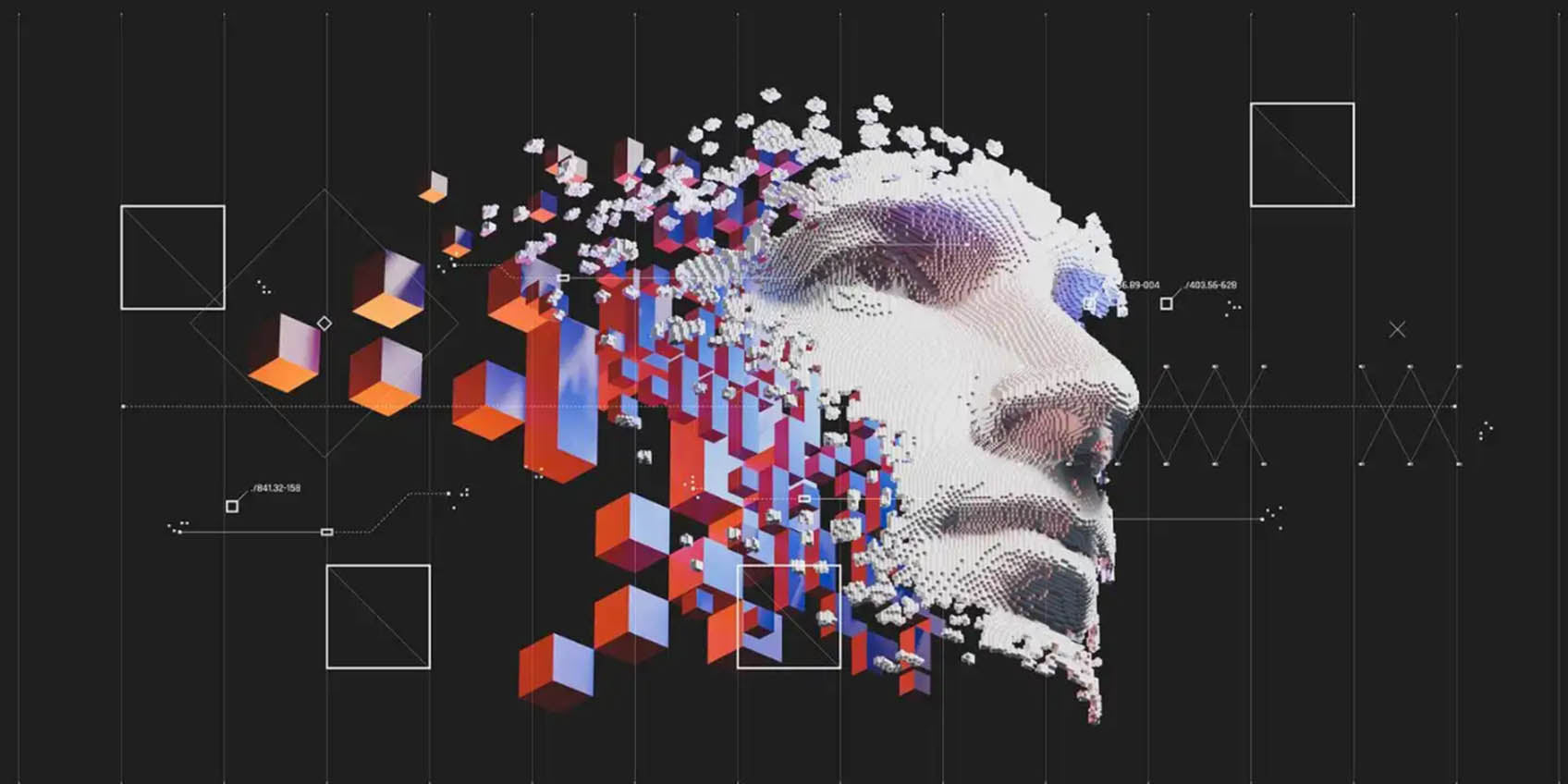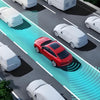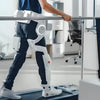AI-Driven 3D Vision:Transforming Robotics, Smart Transport & Automatio

AI-driven technologies like 3D vision, depth perception, and computer vision are revolutionizing industries such as robotic navigation, smart transportation, and industrial automation. The integration of AI has fueled advancements in Time-of-Flight (TOF) technology, deep learning, and point cloud processing, enabling intelligent sensing devices to perform efficiently even in complex environments. With the aid of AI computing platforms, depth data processing efficiency is significantly improved, providing high-precision solutions for various industrial applications.
What is AI-driven?
AI-driven refers to systems or applications powered by artificial intelligence (AI) that autonomously perform tasks, optimize processes, or make decisions. Key areas where AI-driven technologies are applied include:
-
AI-driven automation: Enabling machines or systems to operate independently, such as in smart factories and robotic process automation (RPA). AI-driven systems can optimize workflows, increase productivity, and reduce human error in manufacturing processes.
-
AI-driven decision-making: Leveraging AI to analyze large sets of data, extract actionable insights, and make informed decisions. Examples include AI-powered financial analysis, intelligent recommendation systems, and predictive maintenance in industrial equipment.
-
AI-driven image processing: Using AI to enhance images, detect objects, and perceive depth. This is crucial for applications like autonomous driving, medical imaging, and augmented reality (AR). AI-driven image processing helps improve the accuracy and efficiency of visual data interpretation, making systems smarter and more reliable.
AI-driven systems play a key role in advancing technologies and enhancing their intelligence, allowing industries to optimize operations, reduce costs, and create smarter solutions.
Applications in Industrial Automation: Empowering Smart Manufacturing and Robotic Navigation
In industrial automation, high-precision depth perception and 3D vision systems are essential for achieving smart manufacturing. These technologies enhance several key applications, including:
-
Obstacle avoidance and path planning for robots: The ability to detect obstacles in real time and adjust the route of Autonomous Mobile Robots (AMRs) and Automated Guided Vehicles (AGVs) is crucial for improving operational efficiency and safety in smart factories.
-
Smart warehouse management: AI-driven systems improve the performance of warehouse robots by enabling 3D object detection, shelf scanning, and inventory management, thereby increasing logistics efficiency and reducing human labor.
-
Production line quality control: The integration of AI vision inspection algorithms with depth sensors ensures the precise quality control of products by continuously monitoring their dimensions, shapes, and positions on production lines.
Smart Transportation and Autonomous Driving: Enhancing Environmental Awareness
In smart transportation and autonomous driving, high-precision 3D depth perception is vital for ensuring safety and reliability. AI-driven systems play a major role in:
-
Autonomous driving obstacle detection: The ability to integrate 3D vision systems with LiDAR fusion allows autonomous vehicles to build real-time 3D maps, detect vehicles, pedestrians, and road conditions, significantly improving driving safety and decision-making.
-
In-vehicle monitoring: Using AI-driven systems for Driver Monitoring Systems (DMS) enables the detection of head position, gaze direction, and fatigue, which can prevent accidents and improve driver safety.
3D Vision for Drones: Enabling Precise Path Planning and Obstacle Avoidance
In drone applications, AI-driven 3D depth perception enhances navigation in complex environments. Applications include:
-
Obstacle avoidance: Combining Visual Inertial Odometry (VIO) with 3D depth sensors enables drones to safely navigate through forests, urban areas, and tight spaces, avoiding collisions and ensuring accurate path planning.
-
Agriculture and mapping: AI-driven drones equipped with 3D vision can optimize flight paths for crop monitoring, terrain surveying, and infrastructure inspection, providing more accurate data for agriculture and land management.
Environmental Monitoring and Security: Expanding TOF Sensor Applications
The growing demand for smart cities, environmental surveillance, and security monitoring has led to new applications for AI-driven technologies:
-
Smart security: With AI-powered person tracking, intrusion detection, and contactless identity recognition, smart security systems can provide real-time alerts and enhance public safety.
-
Environmental perception: AI-enabled environmental monitoring systems assist in forest fire prevention, ocean monitoring, and air pollution detection, providing valuable insights for protecting the environment and managing natural disasters.
Deep Integration with AI Technology: Building Smarter 3D Vision Systems
The integration of AI computing platforms, such as NVIDIA AI technology, enhances the capabilities of 3D vision systems. This includes:
-
Deep learning models: AI-driven systems using TensorRT optimization and CUDA parallel computing enable more efficient object detection, 3D reconstruction, and semantic segmentation.
-
Point cloud processing: AI algorithms enable advanced point cloud processing, which is essential for object classification, motion recognition, and 3D mapping in applications like autonomous vehicles and robotic vision.
-
Edge AI and cloud collaboration: Integrating Edge AI with cloud technologies enables faster data transmission and real-time responses. The collaboration of 5G and IoT technologies further accelerates AI-driven decision-making processes, enhancing the efficiency and intelligence of smart systems.
Conclusion: Driving Intelligent Development Across Industries
AI-driven systems are transforming industries such as robotic vision, smart transportation, industrial automation, and more. By leveraging advanced AI technology, these systems offer high-precision solutions, real-time data processing, and improved system accuracy, which contribute to more efficient operations and increased safety across various sectors. As TOF technology, AI vision, and deep learning continue to evolve, AI-powered solutions will continue to drive innovation and expand the possibilities of smart manufacturing, autonomous driving, and the development of smart cities.
In the era of AI-powered intelligence, industries can unlock new opportunities and accelerate the development of smarter, more efficient systems across the globe.
Synexens 3D Camera Of ToF Sensor Soild-State Lidar_CS20
After-sales Service: Our professional technical support team specializes in TOF camera technology and is always ready to assist you. If you encounter any issues during the usage of your product after purchase or have any questions about TOF technology, feel free to contact us at any time. We are committed to providing high-quality after-sales service to ensure a smooth and worry-free user experience, allowing you to feel confident and satisfied both with your purchase and during product use.
-
Posted in
CS20
Please upload banner from store admin blog pages
Please select collection from store admin blog pages







